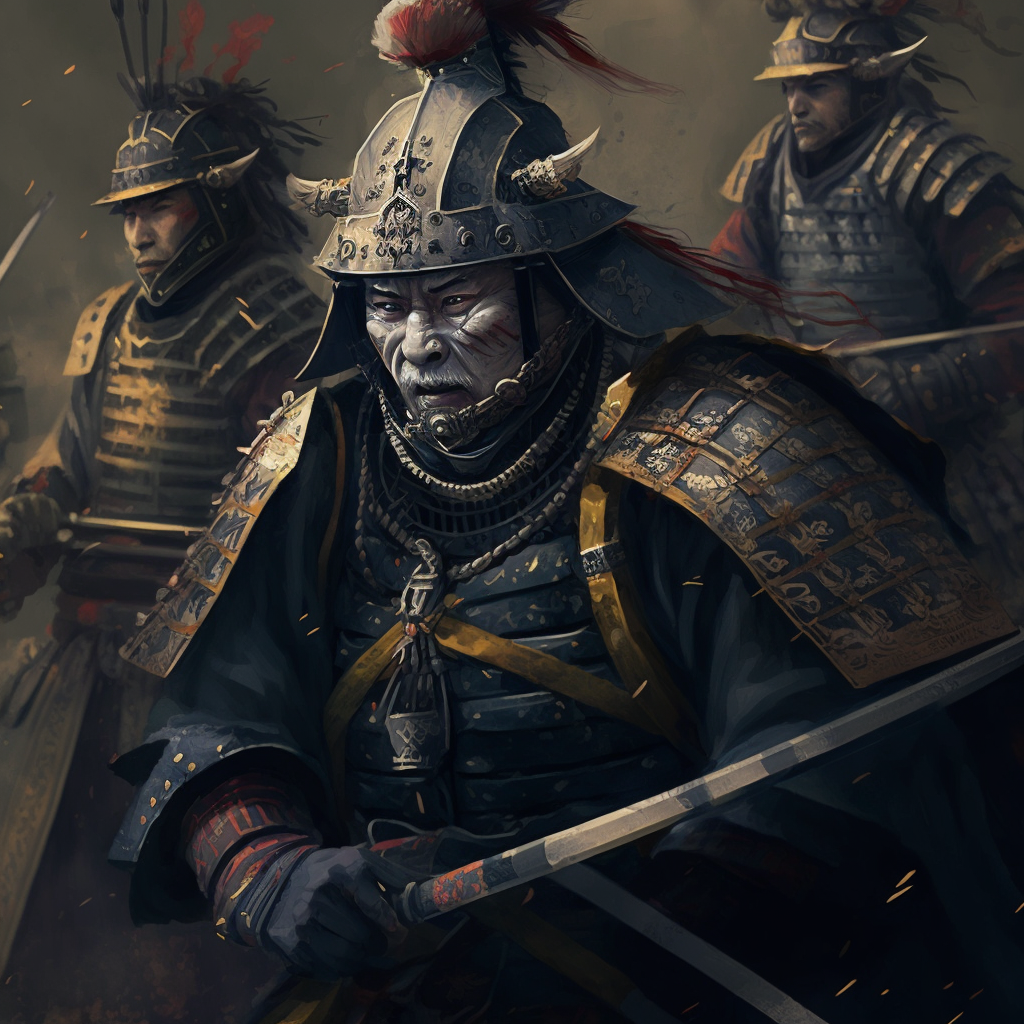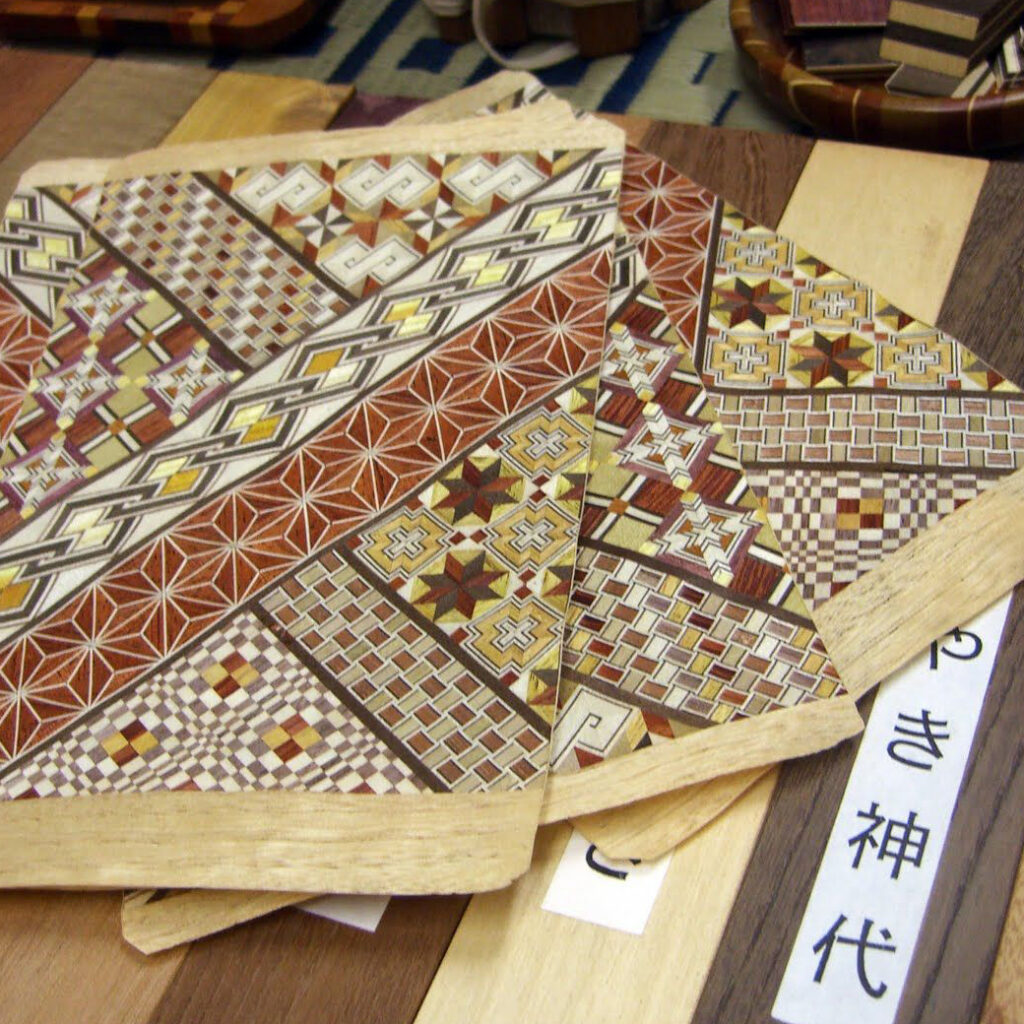THE KAMAKURA PERIOD (1185-1333).
The Kamakura period is a period in the history of Japan which lasted from 1185 to 1333. It is marked by the fall of the imperial empire and the emergence of a new class of samurai, who rose to power as than shoguns. This period also saw the introduction of Zen Buddhism in Japan and the strengthening of the feudal system. Arts, literature and culture also flourished during this period, giving rise to forms of expression such as Noh theater and haiku.
The Kamakura period is associated with a time of significant political and social upheaval in Japan. Two great clans of Bushis (Warriors hired by local lords to defend their domains during their extended stays at court) will fight for the supreme power of Japan. The Taira will temporarily be the masters of the country. But it was their adversaries, the Minamoto, who finally triumphed at the Battle of Dan-no-Ura in 1185 and set up their military capital in Kamakura, far from the splendor of the Kyoto court. This Bakufu (“tent government”) or military government is the seat of the first Shogun: Minamoto no Yoritomo. This new political system saw the creation of a feudal government led by the samurai, who replaced the imperial class in power. The shogun had the power to control the domains of the daimyos, who were feudal lords, and to enforce the law.
At the same time, Zen Buddhism, which was a simpler and more accessible form of Buddhism for samurai, rose to prominence and influenced daily life, culture, and the arts. The Kamakura period also saw a strong literary production, especially in the fields of poetry and the novel.
In 1219, the Hôjô succeeded the Minamoto for a century. They will have to face two great trials: the Mongol invasions of Kublai Khan. Twice, this one tried to conquer the archipelago. Twice (1274 and 1281), his fleet was swept away by typhoons, forcing him to abandon. These salutary winds were called “Kamikaze” (Divine Winds) by the Japanese. But the Hôjô, exhausted by these two successive wars, lost power. These attempted invasions, however, left a lasting impression on Japanese society and stimulated the formation of a culture of war.
The Kamakura period is considered an important moment in Japanese history, which saw significant changes in political and cultural structures, and left a lasting mark on modern Japanese society.
Focus on the Minamoto
The Minamoto were a family of Japanese samurai who played a key role in Japanese history during the Kamakura period (1185-1333). They were considered one of the most powerful and influential clans of the time, with many notable members who exerted a large impact on the politics and culture of the country.
The Minamoto were founded by Minamoto no Yoritomo, who established the first Japanese shogunate in 1192. Yoritomo was appointed shogun by Emperor Go-Toba, which established a new political system in which the shogun was the de facto ruler of Japan, while the emperor was considered the symbolic ruler.
After Yoritomo’s death, the Minamoto continued to play an important role in Japanese politics, with many members of the clan wielding considerable power in various parts of Japan. They were also involved in many civil wars and foreign invasions, which contributed to their fame and prestige.
In addition to their political role, the Minamoto also had a significant impact on Japanese culture. They have been associated with many important poets and artists, and have inspired many legendary stories, such as the legend of Minamoto no Yorimitsu and the four gods. The Minamoto are also considered heroes by many Japanese, and their name is often associated with loyalty, honor and determination.



